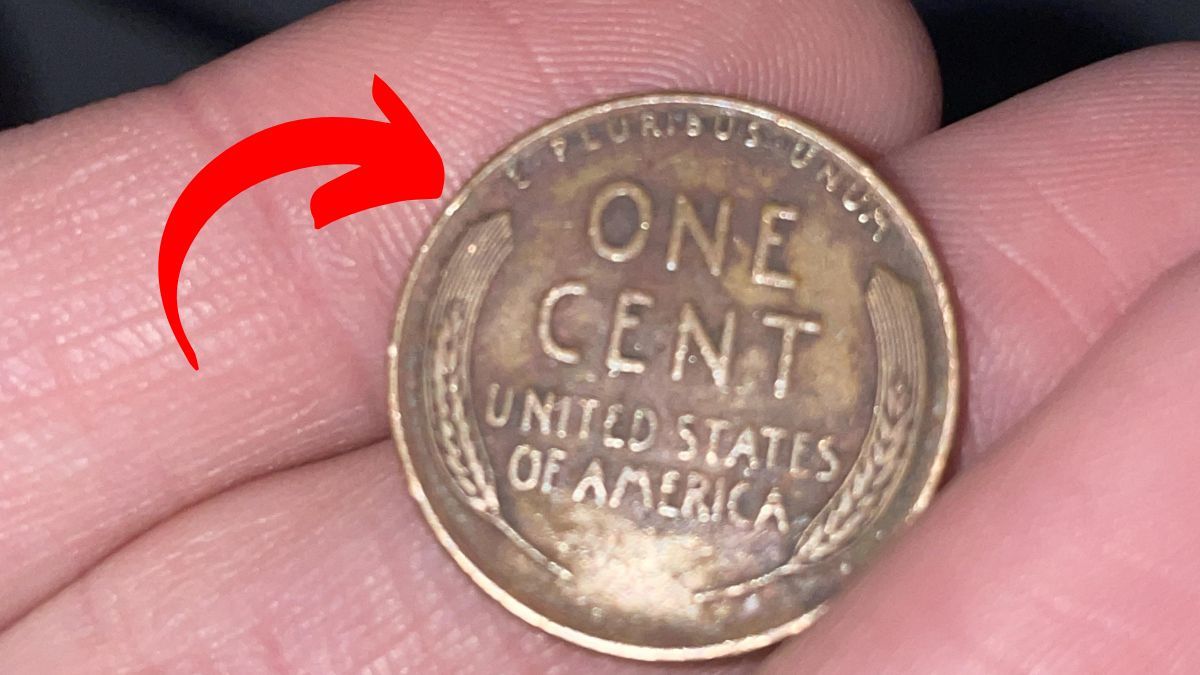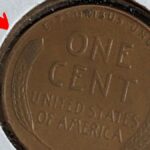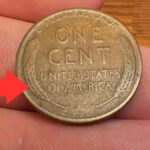In the fascinating world of numismatics, few stories capture the imagination quite like that of the Lincoln Wheat Penny now valued at $24 million. This extraordinary piece of American history demonstrates how a simple one-cent coin can transform into one of the most valuable collectibles in existence. The tale of this penny serves as a reminder that extraordinary value can sometimes hide in the most ordinary places.
The Birth of an Icon: The Lincoln Wheat Penny’s Origins
The story begins in 1909 when the United States Mint introduced the Lincoln Wheat Penny to commemorate the centennial of Abraham Lincoln’s birth. This coin marked a significant departure from tradition, as it became the first U.S. coin to feature the likeness of an actual person rather than the symbolic figures that had adorned American coinage previously. The reverse side featured two elegant wheat stalks, symbols of America’s agricultural heritage and prosperity, giving the coin its distinctive nickname.
Understanding the $24 Million Valuation
The extraordinary value of this particular penny stems from a perfect storm of numismatic factors. Unlike regular Lincoln Wheat Pennies, which were produced in large numbers, this specific coin represents a perfect confluence of rarity, condition, and historical significance. Its unique characteristics include manufacturing errors, exceptional preservation, and a distinctive metal composition that sets it apart from its contemporaries.
The Technical Marvel: What Makes It Special
The coin’s extraordinary value lies in its technical specifications. During World War II, the U.S. Mint produced most 1943 pennies in steel to conserve copper for the war effort. However, a handful of bronze planchets from 1942 accidentally made their way into the 1943 production line. These bronze 1943 pennies became some of the most sought-after error coins in American numismatic history. When found in pristine condition, their value reaches astronomical levels.
Historical Context and Significance
The timing of this coin’s minting adds layers to its historical importance. Produced during World War II, it represents a unique moment in American history when even the composition of everyday coins reflected the nation’s wartime priorities. This historical context, combined with its rarity, transforms the penny from a simple piece of currency into a tangible connection to one of America’s most significant historical periods.
The Hunt Continues: Circulation Possibilities
Perhaps the most intriguing aspect of this story is that similar valuable pennies might still be in circulation. While most Lincoln Wheat Pennies have been retired from everyday use, some continue to pass through cash registers and change jars across America. This possibility has sparked a continuing treasure hunt, with collectors and everyday citizens alike examining their pocket change with renewed interest.
Identifying Valuable Lincoln Wheat Pennies
For those hoping to discover their own valuable penny, certain characteristics deserve special attention. The date of minting plays a crucial role, with years 1909, 1914, 1943, and 1955 being particularly significant. The mint mark, indicating where the coin was produced, can also significantly affect value. Coins from the San Francisco (S) or Denver (D) mints often command higher prices than those from Philadelphia.
The Role of Condition in Valuation
The state of preservation dramatically influences a coin’s value. Numismatists use a grading scale that considers factors such as wear, luster, and the preservation of fine details. Coins in “mint state” condition, showing no signs of circulation wear, command the highest prices. The $24 million penny’s exceptional condition contributes significantly to its astronomical value.
Market Dynamics and Collection Value
The rare coin market operates on principles of supply and demand, but with unique characteristics that set it apart from other collectible markets. Factors such as historical significance, condition rarity (the number of specimens existing in specific grades), and collector interest all influence value. The $24 million penny represents the pinnacle of these combined factors.
Preservation and Authentication
For coins of this value, proper preservation and authentication become crucial considerations. Professional grading services play a vital role in authenticating valuable specimens and preserving them in specialized holders that protect against environmental damage. This professional certification adds another layer of value and security to rare coins.
Educational Impact and Cultural Significance
Beyond its monetary value, this extraordinary penny serves as an educational tool, teaching lessons about American history, economics, and the art of coin collecting. It demonstrates how everyday objects can transcend their original purpose to become important historical artifacts and valuable collectibles.
Looking to the Future
The story of the $24 million penny continues to evolve. As new generations of collectors enter the market and our understanding of rare coins advances, the value of such extraordinary specimens may continue to appreciate. This ongoing narrative keeps the hunt alive and maintains public interest in numismatics.
The tale of the $24 million Lincoln Wheat Penny reminds us that extraordinary value can hide in plain sight. While finding such a valuable specimen remains a rare occurrence, the possibility adds an element of excitement to everyday transactions. This remarkable coin stands as a testament to the enduring appeal of numismatics and the unexpected ways in which history, craftsmanship, and chance can combine to create something truly extraordinary.
For those interested in rare coins, the story of this penny offers inspiration to look more carefully at the change in their pockets. While most Lincoln Wheat Pennies hold modest value, the possibility of discovering a rare specimen keeps the thrill of the hunt alive in the numismatic community.


